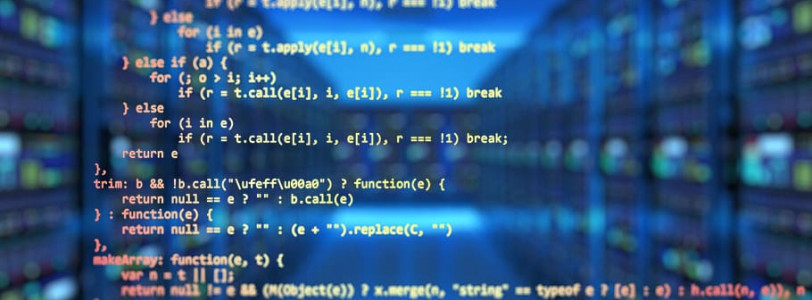The Viability of the Arts in the Virtual World
Due to the current crisis many performers and artists have started to present their work online rather than in person. All art forms require an audience in one way or another to be a career: an artist holds exhibitions and has customers purchase their work, musicians play live or sell their songs to consumers and stage actors perform onstage in front of a wide audience. However, this pandemic has thrown up a barrier between audience and artist and many are having to adapt to performing online. However, this may result in a loss of profit and financial stability for artists worldwide, making their art form an non-viable career.
One of the art’s main focuses is to create a feeling within their audience, this usually occurs live where the audience is face to face with the art piece, whether it be a live performance or a piece of art such as a sculpture or painting. Throughout the lock-down, many artists have been daring their work online, such as Sophia Hatfield’s live streamed performance of ‘Common Lore’ which was originally created to tour libraries in England. Viewing these pieces of art from our homes may result in the creative intention not being received by the audience, due to the distractions of other technology and daily life. For example, when viewing a play or a musical you are traditionally in a performance space such as a theatre the audience is generally aware of the etiquette and won’t go on their mobile phones, talk between themselves or get distracted in any other way. However, when you remove that formal setting, the audience begins to merge their etiquette of being at home and then the piece may not have as much of an effect or the desired effect on their audience. This could lead to fewer people accessing the arts as it may not be as powerful, resulting in the arts being unviable or at least less viable in the virtual world.
However, the arts can be quite an expensive sector to experience meaning that many feel like they can not access it easily. It can be argued that by putting the arts online, a wider audience from all economic backgrounds may be able to access it as many of these art pieces have been offered for free or at a discounted price, meaning a wider audience can access the work. On the other hand, this may mean that the artists don’t make enough profit to continue their work and therefore makes art an unviable career online. Furthermore, the arts being online will exclude a large group of people who do not have access to the internet, meaning that the audience is still limited.
The financial repercussions of the arts going online can be argued to be the largest contributing factor as to whether it is viable. This is for many reasons, such as finding it difficult to acquire the amount of money required to meet your match funding, not selling enough tickets to make a profit when taking into account the expenses of production and simply not making enough money to be able to pursue the arts as a viable career to cover the costs of living. These are always factors that artist’s worry about, many noting that ‘the industry will certainly experience a financial impact’, (Zatorski, 2020). This may discourage the younger generation from entering a career in the arts. Furthermore, arts venues have been labelled as ‘coronavirus hotspots’ (Davis, 2020) which may impact the industry even as lock-down measures are relaxed.
Additionally, many view the arts to be an experience rather than just an activity that can just be done at home. This may result in a loss in audience and therefore revenue, if the live venues have trouble reopening. Plus the reduced seating capacity will either result in fewer tickets being sold which will badly impact the artist’s financially, or the prices of the tickets will increase which may discourage audience members and result of a further segregation between financial classes and the arts, which is something the arts community has been trying to challenge.
In an interview with Sophie Hatfield, an independent artist who has made the transition between live and online, it became clear that the ‘Arts Council’ have been doing as much as they can to help artists throughout this pandemic to still be able to create work by offering ‘emergency funding’. This allowed Sophia to ensure that everything was in order and her colleagues were paid, whilst still being able to afford to live with minor changes to her lifestyle. However, as most artists are self employed, Hatfield indicated that in the early stages of the pandemic it was difficult for artists as they now had an unreliable way to earn a living due to no furlough. However, as the pandemic went on, the UK government revealed their plan to support the self employed by allowing them to claim 80% of their average income. However, as income can change from job to job, this may result in it being difficult to make an accurate claim.
In conclusion, the viability of the arts online may not be up to the artists themselves, but rather the audience and their personal definition of art and whether a face to face aspect is required for a performance or exhibition that they would be willing to pay to see. Without the audience backing the artists throughout this transition the viability of the arts online can be viewed as very questionable due to the lack of income for the artists, making it difficult for them to meet their match funding and therefore create their art. Due to the pandemic ‘ The art world, like all other industries, had no other choice but to adapt’ to working without the live and personal aspect which ‘hasn't been easy’ for many. However, the arts have proved themselves invaluable throughout the pandemic as this is the main sector that we have turned to during this difficult time for entertainment and joy. Therefore, the art’s viability in the virtual world may be out of the artists’ hands and instead into the responsibility of us as the general public, as a consumer and as an audience.






0 Comments